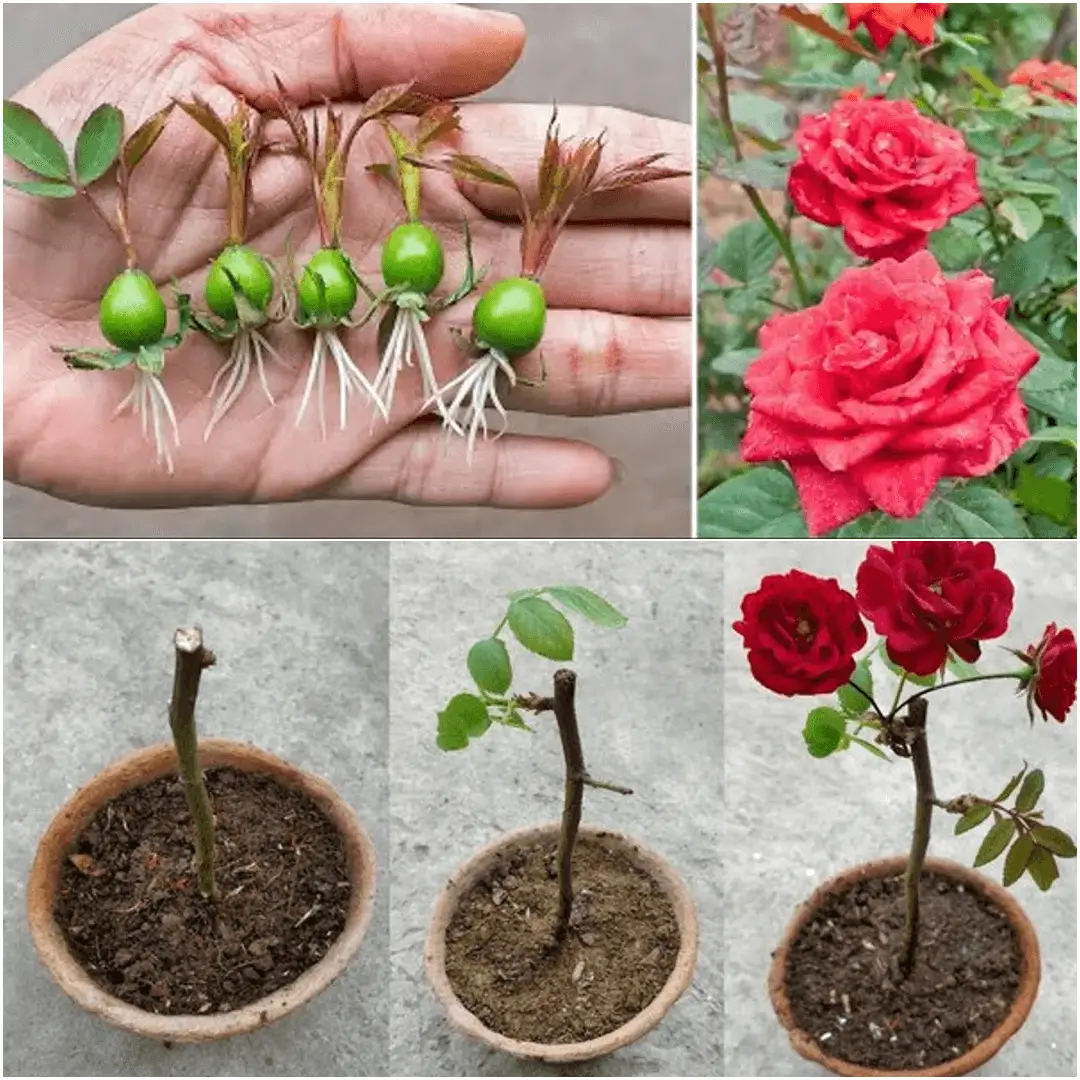Growing roses can be one of the most rewarding experiences for any gardening enthusiast. With their enchanting blooms and captivating fragrances, roses bring beauty and charm to any garden. But how do you get started? In this guide, we’ll delve into the essential steps for successfully growing and caring for roses. Whether you’re a beginner or looking to refine your skills, we’ve got you covered!
Understanding Light & Soil Needs
Sunlight: The Lifeblood of Roses
Most flowering plants thrive in full sun, which means they need at least six hours of direct sunlight daily. Why is sunlight so crucial? Think of it as the energy drink for your plants! Without it, these blooms can become leggy, struggling to grow and bloom.
Soil: The Foundation of Rose Growth
Next up is soil. Roses prefer rich, moist, but well-draining soil. Imagine a sponge that absorbs water but doesn’t get soggy. This kind of soil retains nutrients while preventing root rot. A mixture of garden soil, compost, and sand usually does the trick.
Watering: Keeping the Thirsty Roses Hydrated
Moisture Matters
Regular watering is crucial for these plants. You want the soil to be consistently moist but not waterlogged. This balance is vital because too much water can suffocate roots, while too little can lead to wilting. A good rule of thumb is to water deeply once a week, ensuring the water penetrates at least 12 inches into the soil. Think of your flowers as they are lounging in a comfy chair, sipping on a refreshing drink—happy and hydrated!
Feeding: Nourishing Your Roses for Vibrant Blooms
Annual Mulching
Roses are hungry plants, so it’s essential to feed them. Mulch annually with organic matter like well-rotted animal manure. This provides essential nutrients and helps retain moisture. You might also want to consider using a specialized rose feed to encourage more blooms during the summer.
Pruning: The Art of Shaping Roses
Why Prune?
Pruning is vital for healthy growth and flowering. Think of it as giving your plants a stylish haircut! Most varieties should be pruned in winter, while ramblers are pruned in summer immediately after their flowering period. This helps promote airflow and reduces the risk of disease.
Basic Pruning Techniques
When pruning, cut back hard to encourage robust growth. Aim for an outward-facing bud to prevent overcrowding. And don’t forget to remove any dead or weak stems! A well-pruned rose bush is like a well-groomed hairstyle—it looks fantastic and stays healthy.
When to Plant Roses: Timing is Everything
Ideal Planting Times
The best time to plant these blooms is in autumn, when the soil is still warm, and moisture levels are high. For bare-root plants, you can plant them from November to March. Container-grown varieties, however, can be planted at any time of year. Just remember, autumn planting helps them establish quickly before winter sets in.
Exploring Different Types of Roses
Shrub Roses: Robust and Colorful
Shrub varieties are versatile, robust, and perfect for mixed borders. They’re repeat-flowering, offering color when you need it most.
Climbing Roses: Vertical Elegance
If you’re looking to add height to your garden, climbing roses are your go-to. They can grow on walls or fences, creating stunning displays.
Rambling Roses: The Vigor of Nature
Rambling roses are perfect for covering large areas quickly. They produce a spectacular flush of flowers in June, making them a showstopper in any garden.
Patio Roses: Compact Charm
For smaller spaces, consider patio roses. They thrive in pots and are easy to manage, making them ideal for urban gardens.
Ground-Cover Roses: Spreading Beauty
Ground-cover roses have a trailing habit, making them great for borders or steep areas. They help suppress weeds while adding color and texture.
Potted Roses: Gardening in Containers
Container Size Matters
If you’re limited on space, you can still enjoy these flowers by planting them in pots. Choose large, deep containers (minimum 50cm in diameter) to keep their roots cool and moist. It’s like giving your plants a cozy home!
Companion Planting: Friends in the Garden
Planting with Purpose
Many plants can thrive alongside these blooms. For instance, climbing flowers look lovely when paired with clematis, while shrub varieties can be complemented by lavender or nepeta. These companions not only enhance aesthetics but can also help deter pests.
Planting Instructions: A Step-by-Step Guide
Getting Started
- Prepare the Hole: Dig a well-drained hole and add compost to improve soil structure.
- Firm the Soil: After placing the rose in the hole, backfill with soil and firm it in well.
- Water Thoroughly: Give your newly planted rose a good drink. It’s essential to help them settle in!
Problem-Solving: Common Challenges
Issues to Watch Out For
Like any living thing, these blooms can face challenges. Common problems include black spot, aphids, and die-back. Regular checks and early intervention can save your plants from serious damage. Think of it as a wellness check for your plants—they need a little love now and then!
Growing roses might seem daunting at first, but with the right knowledge and a bit of care, you can cultivate a beautiful rose garden that will flourish for years to come. Remember to provide adequate sunlight, rich soil, regular watering, and proper pruning. Soon enough, you’ll be basking in the beauty of your own blooming paradise!
FAQs
How do you grow roses for beginners?
Start by selecting the right variety for your climate, prepare your soil well, and ensure they receive plenty of sunlight and water.
Are roses easy to grow?
While some types require more care than others, many varieties are quite manageable with the right conditions.
Can you grow a rose from a cutting?
Yes! You can propagate these flowers from cuttings, but it requires patience and the right conditions.
How long does it take for a rose to grow?
It typically takes about 3 to 5 years for a rose bush to mature and produce abundant blooms, depending on the variety and care.


